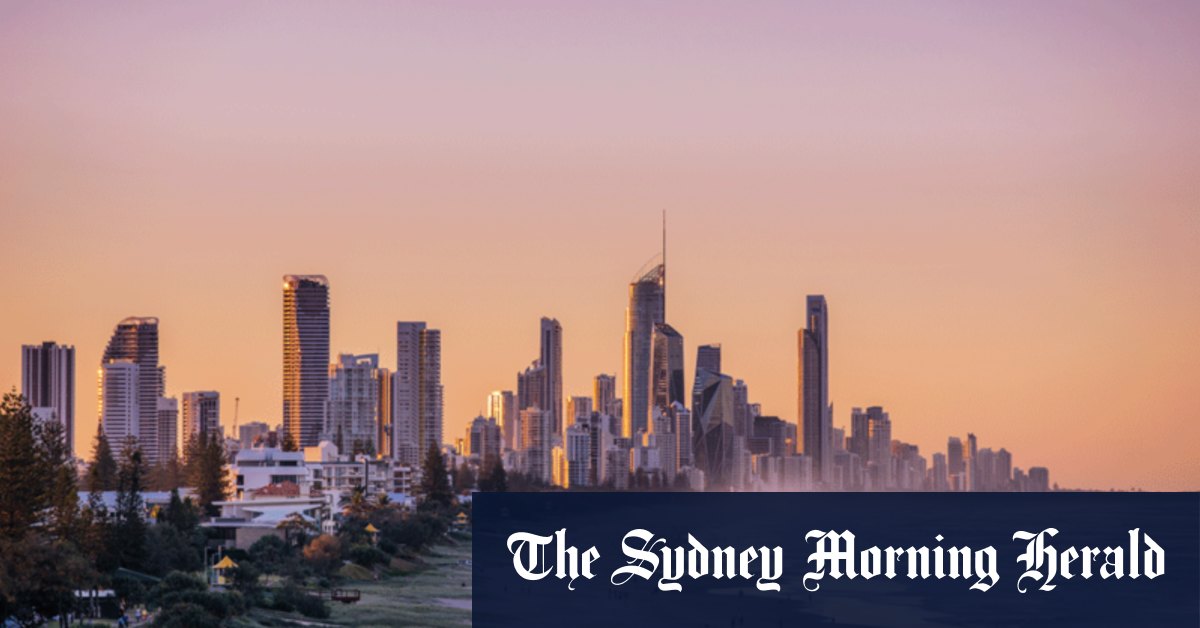The meteoric growth of these property markets was a side effect of their pandemic popularity, according to the managing director of Place Estate Agents in Queensland, Damien Hackett.
“The biggest player is certainly COVID and the property value gap between regional parts of Queensland and areas like Sydney and Melbourne,” Mr Hackett said.
The Gold Coast continues to be the most popular migration destination.
“We haven’t been exposed to lockdowns like Sydney and Melbourne, especially in the winter months when people were locked down, the allure of spending your morning at the beach has really become appealing to people.
“Everyone started heading north, it’s quite surprising how quickly it happened.”
In Wollongong, where the median house price rose 27.2% last year to $986,000, it was still much more affordable than Sydney’s $1,601,467.

Wollongong was another popular destination, especially among Sydneysiders. Credit:King Mags
Antonio Vega, of the Wollongong agency, said the migration started once people realized they could take their city’s income and work in considerably more affordable homes than Sydney.
“One of the main reasons everyone started going down was so they could sell their house and pay off their mortgage and buy property in Wollongong and be mortgage free,” Mr Vega said.
He said with the car and train journey under two hours from Sydney, it has become a highly sought-after location, with Mr Vega telling potential buyers “this is Sydney’s best suburb”.
“I had a client who left Balmain, then she ended up buying a property in Bulli, two blocks from the beach, and she had $2 million left.”
Loading
It’s a similar story in Geelong, where the commute to Melbourne takes around an hour whether residents drive or take the train, but the median house price is $795,000, an increase of 20.5 % in 2021, but still far from Melbourne’s median of $1,101,612.
With quarterly migration from capital cities to regional areas in 2020 and 2021 averaging 15% higher than in 2018 and 2019, Dr Houghton was optimistic the trend was here to stay.
“The combination of good job prospects and slightly lower housing costs, I think this package will be attractive to people hopefully after the pandemic is over.”
He said the work-from-home trend has “injected a whole new factor into the mix”, with professionals able to take their work with them.
“If you add that to the general dynamism in the regions, a number of factors suggest this will continue.”
But he warned that once property prices rise, migration rates start to slow as it becomes more difficult for people to move to rural areas.

